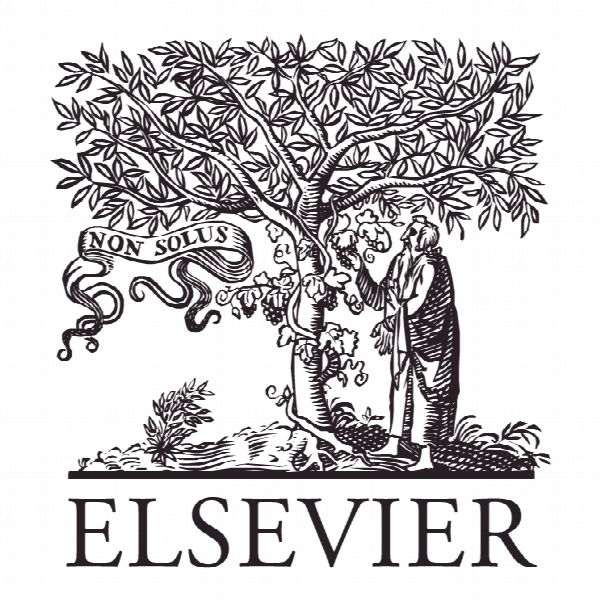ارزیابی عملکرد پایگاه داده های نمودار RDF برای خدمات شهر هوشمند Performance assessment of RDF graph databases for smart city services
- نوع فایل : کتاب
- زبان : انگلیسی
- ناشر : Elsevier
- چاپ و سال / کشور: 2018
توضیحات
رشته های مرتبط مهندسی معماری، شهرسازی، فناوری اطلاعات
گرایش های مرتبط طراحی شهری
مجله زبان و محاسبات ویژوال – Journal of Visual Languages and Computing
دانشگاه University of Florence – Florence – Italy
منتشر شده در نشریه الزویر
کلمات کلیدی انگلیسی Smart city, RDF stores, Graph databases, RDF benchmark, Linked data benchmark
گرایش های مرتبط طراحی شهری
مجله زبان و محاسبات ویژوال – Journal of Visual Languages and Computing
دانشگاه University of Florence – Florence – Italy
منتشر شده در نشریه الزویر
کلمات کلیدی انگلیسی Smart city, RDF stores, Graph databases, RDF benchmark, Linked data benchmark
Description
1. Introduction Smart cities produce large amount of data having a large variability, variety, velocity, and size; and thus complexity. The variety and variability of data can be due to the presence of several different formats, [3,17,23,27] and to the interoperability among semantics of the single fields and of the several data sets [6]. Static data are rarely updated, for instance once per month/year, which is quite the opposite with dynamic data: they can be updated from once a day up to every minute so as to get real time data. The data velocity is related to the frequency of data update for dynamic data such as position of buses, flow of people status, position of waste collectors, etc. or as data streams. Thus the size of the store grows over time accumulating new data every day and week. At architectural level, smart city solutions typically adopt n-tier architectures [2]. The Resource Description Framework specified by W3C allows the representation of facts using “triples” of the form (subject, predicate, object) where URIs are used to identify the entities and the predicates connecting them. Thus a triple represents the arc of the graph connecting two entities and the predicate describes the kind of relation between the two entities. Moreover, the object part of the triple can also be a low level data type as string, dates, integers, etc., to describe the relations among entities and specific information about them (e.g., name, email, birth date). RDF stores allow storing triples, while the SPARQL query language allows querying them. Some RDF stores can also manage set of triples as a single graph identified by a URI, in this way information about this graph can be provided using other triples (where the subject is the graph itself). It has to be highlighted that SPARQL performs search using triple matching, for example “?s rdf: type km4c: Hotel” searches for all the “?s” that are of type Hotel, and does not allow performing, in a general way, the typical graph operations like path search1 or connectivity check. The usage of RDF stores in the application domain of Smart City is quite recent, since in most cases services are vertically provided. For example, the Intelligent Transport System, ITS, in the city provides information regarding the location of buses and their delay, without addressing the location of city services, flow of people, real time events in the city. The integrated services are typically provided by data aggregators and service providers that perform data integration and allow exploiting integrated data models. Some city data integrators are well-known services such as bike and car sharing, navigator system, tourism information, hotel booking, etc. All these solutions have the need to integrate geo-located information with real time data and events continuously arriving from updated information such as: events, votes, traffic flows, comments, etc. [11,27,18]. As to these applications, RDF stores may be a solution to allow addressing the variability of data, so as to make reasoning on space, time, and concepts [28]. On this regard, comprehensive smart city data models and ontologies can be really effective (see for example http://smartcity.linkeddata.es/, produced by Read4SmartCity2 project of the European Commission). One of the ranked models in the Read4SmartCity research project is Km4City ontology that is also used as a reference for the definition of the data of the proposed benchmark [6], and adopted in European Commission international projects named RESOLUTE H2020, REPLICATE H2020, and in Sii-Mobility National Smart City project in Italy, as well as in GHOST MIUR and other projects.


